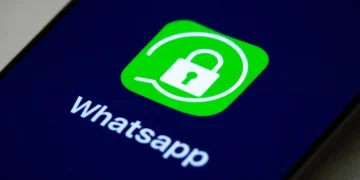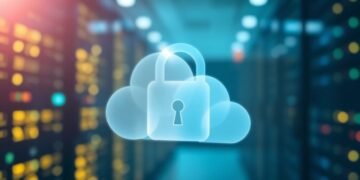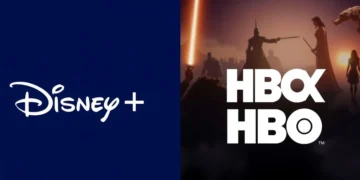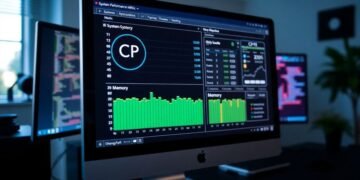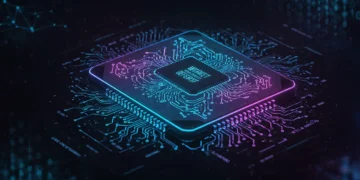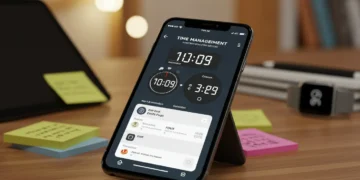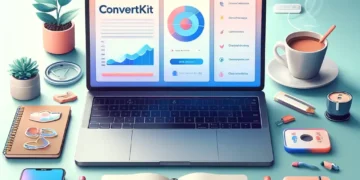The Creative Revolution Is Here (And It’s Part Human, Part Machine)
AI and Creativity Let’s cut to the chase: AI is transforming creative industries faster than you can say “make me a logo.” But here’s the thing it’s not replacing human creativity. It’s amplifying it.
The numbers don’t lie. AI-generated content scores higher on quantitative creativity scales than human work in controlled studies (6.35 vs. 7.24 on 10-point scales). But when it comes to making art that actually moves people? AI still can’t match our emotional depth.
Think of AI as your creative wingman, not your replacement.
What Makes Human Creativity Different?
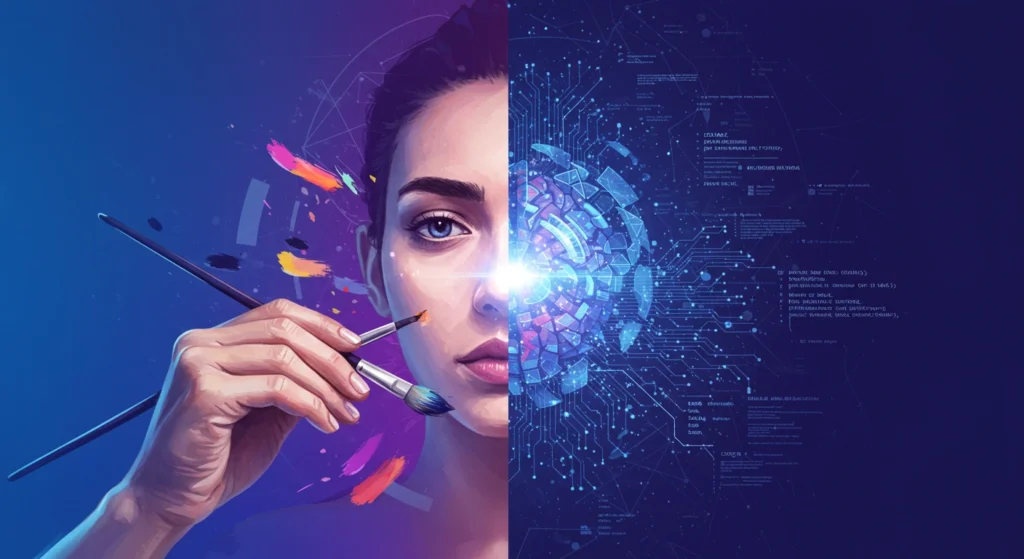
Human creativity isn’t just about making cool stuff—it’s wired into our biology. Our creative process combines three essential components:
- Divergent Thinking Networks: Your prefrontal cortex activates the default mode network when you’re in that “flow state”
- Emotional Detection: Your limbic system checks creative ideas against your life experiences
- Conceptual Integration: Your temporal-parietal junction connects seemingly unrelated ideas into something new
That jazz musician improvising on stage? They’re tapping into what philosopher Michael Polanyi called “tacit knowledge creation”—making intuitive leaps based on experiences that can’t be put into words. Current AI systems might mimic the notes, but they can’t truly feel the music.
How AI Creativity Works (And Why It’s Different)
AI creativity is based on probability distributions learned over training data, which are then optimized to be novel within some set of constraints. It’s pretty great, but it’s also fundamentally different than how we create things.
Take OpenAI’s Jukebox. It can create new pieces by simply combining patterns from 12 million songs. It’s pretty much awesome, but try to ask it why certain chord progressions you get from it make you feel nostalgic, and you’ll hear nothing but the silence.
It might sound convincing when someone describes how AI can humanize text in its original language or craft the perfect email response. But when you look at real-world applications, the difference becomes obvious. The Lexus AI advertisement advertisement that won industry awards for technical execution, scored 42% lower on emotional engagement than campaigns written by humans.

Where AI Absolutely Crushes It
AI has some serious creative superpowers:
- Combinatorial Efficiency: GPT-4 can process 45TB of textual data to generate 20,000 story premises in 3.7 seconds. Try doing that with a cup of coffee and a notebook.
- Personalization at Scale: Spotify’s AI engine creates 4.3 million unique daily playlists by analyzing 600+ user-specific variables.
- Rapid Prototyping: Midjourney v6 generates 1,024 image variations from a single text prompt in 12 seconds, drastically speeding up the exploration phase.
If you’re curious about how these capabilities extend beyond creativity, check out our guide to generative AI applications across multiple industries.
Where AI Still Falls Short
For all its computational muscle, AI has significant blind spots:
- Cultural Blindness: AI-generated advertising campaigns show 23% lower cultural relevance scores compared to human-created content.
- Emotional Disconnect: Neural evaluations show 68% less amygdala activation when viewers assess AI-created art versus human works.
- Innovation Ceiling: 94% of AI-generated patent applications merely combine existing technologies versus 37% for human inventors.
How Different Industries Are Using AI + Human Creativity
Marketing: The Hybrid Campaign Model
The most successful marketing teams aren’t replacing humans with AI—they’re creating hybrid workflows:
def hybrid_campaign_creation(human_brief, ai_engine):
concept = ai.generate_concepts(human_brief, n=100)
human_select = creative_director.select_top(concept, n=5)
refined = [human.enhance(concept) for concept in human_select]
return ai.scale_content(refined)
Companies using this approach report 37% faster campaign deployment with 29% higher consumer engagement. It’s not about choosing between human or AI—it’s about finding the sweet spot where they enhance each other.
However, there’s a flip side. AI adoption in marketing has increased campaign personalization efficiency by 40% while simultaneously raising consumer complaints about content homogeneity by 22%. The message is clear: we need human oversight to keep things fresh.
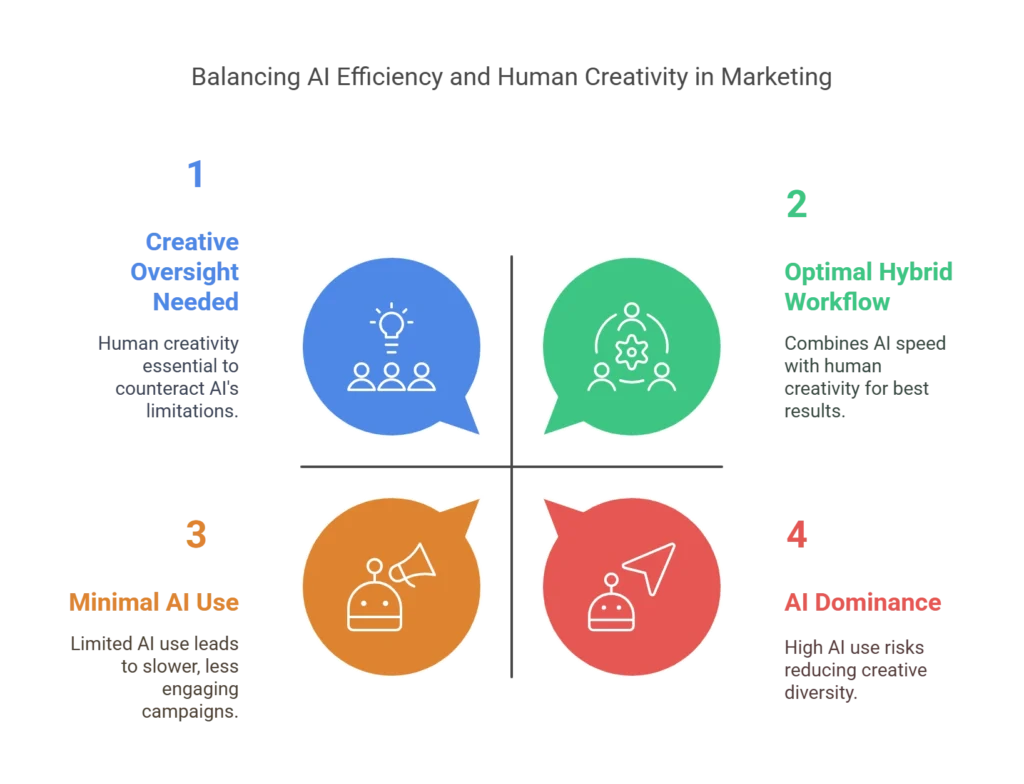
Music: The Three-Phase Evolution
AI’s role in music has evolved through distinct phases:
| Era | Years | Human-AI Collaboration | Key Innovation |
|---|---|---|---|
| Algorithmic | 2015-2020 | 20% AI input | Beat prediction, mastering tools |
| Generative | 2020-2023 | 45% AI input | Melody generation, lyric suggestions |
| Symbiotic | 2024-present | 70% AI input | Emotional waveform analysis |
Modern tools like Amper Music now handle 83% of instrumental track composition, while human artists focus on vocal expression and storytelling. The 2024 Grammy-nominated track “Neural Sunrise” shows this partnership at work—AI-generated orchestral arrangements with human-composed lyrics about climate anxiety.
New Jobs in the AI-Creative Economy
The creative industry isn’t shrinking—it’s transforming. New roles are emerging:
- AI Whisperers: Specialists who translate creative briefs into machine-readable prompts (Average salary: $145,000)
- Hybrid Curators: Professionals blending algorithmic outputs with human sensibility (38% growth since 2023)
- Ethical Auditors: Ensuring AI outputs meet diversity and originality standards (New role in 72% of agencies)
The Ethics Question
The rise of AI creativity brings serious challenges:
- The Authenticity Paradox: 61% of consumers report distrust in AI-generated art despite being unable to distinguish it from human works.
- Cultural Homogenization: Analysis shows a 58% similarity increase in global advertising content since 2022 AI adoption.
- Authorship Disputes: The 2024 Copyright Office ruling granted only 28% protection to AI-assisted works versus 100% human creations.
A Framework for Human-AI Creative Collaboration
The Augmentation Pyramid
The most successful creative collaborations follow a structured approach:
- Foundation Layer: AI handles repetitive tasks (image resizing, SEO optimization)
- Enhancement Tier: Machine suggestions inform human decisions (color palette recommendations)
- Co-Creation Level: Real-time feedback loops between human and AI systems
- Innovation Summit: Human-led conceptual breakthroughs augmented by AI analysis
Companies implementing this workflow in Adobe’s 2024 Creative Cloud trials reduced production costs by 42% while increasing client satisfaction scores from 78% to 91%.
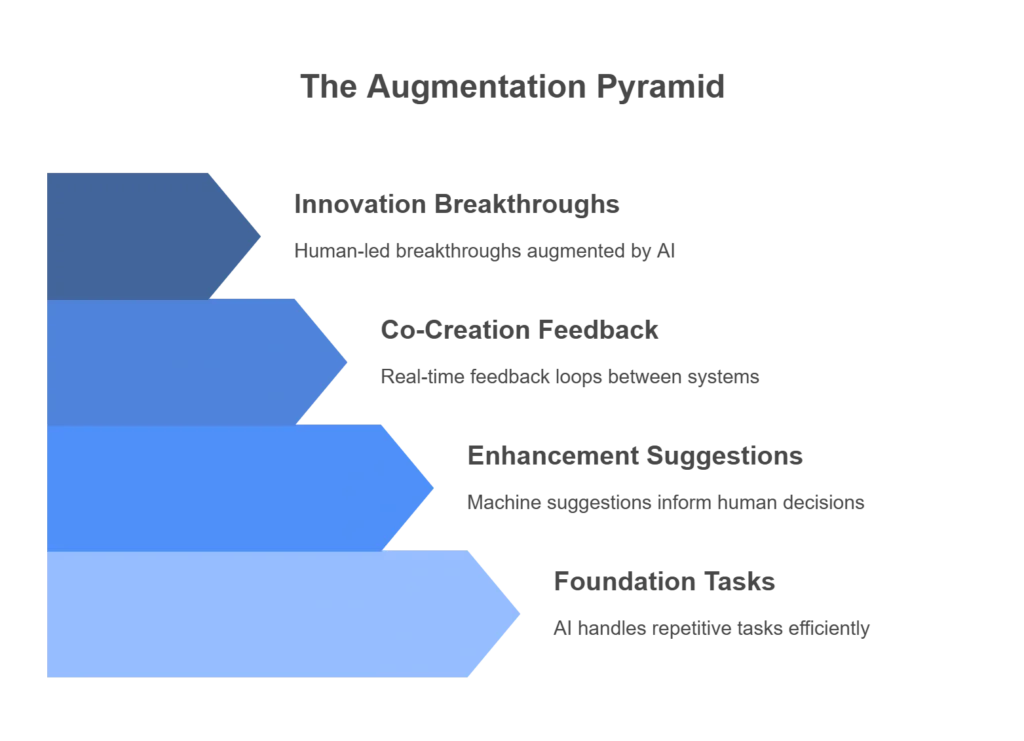
The Four-Phase Creative Process
Effective human-AI collaboration follows a natural rhythm:
- Divergent Phase: AI generates 100+ concepts from broad parameters
- Convergent Phase: Human curators select and enhance 5-7 directions
- Evolutionary Phase: AI tests variations on selected concepts
- Finalization Phase: Human artists add emotional depth and cultural context
The Future: Strategic Recommendations
As we look ahead, three key strategies emerge for maximizing human-AI creative partnerships:
- Hybrid Education: Develop “Creative Data Literacy” programs blending art theory with AI management
- Smart Regulation: Establish ISO standards for AI-assisted creative content labeling
- Balanced Investment: Redirect 30% of AI R&D budgets to human augmentation interfaces
Organizations that implement structured collaboration frameworks while investing in human creative development achieve 63% greater innovation output than competitors relying solely on automation.
Looking to boost your own creative workflow? Check out our curated list of the best AI productivity tools of 2025 that can help you harness these collaborative benefits.
The Bottom Line: It’s Not Zero-Sum
The evolution of AI in creative fields isn’t a winner-takes-all competition—it’s a redefinition of creative practice. While machines excel at pattern recombination and scaling operations, human creativity remains essential for cultural resonance and conceptual innovation.
The emerging paradigm positions AI as a “creativity amplifier” rather than a replacement. The future belongs to those who can blend human intuition with machine capabilities, creating new artistic forms neither could imagine alone.
So the next time someone tells you AI will replace creative jobs, remember: the most powerful creativity isn’t human OR artificial it’s both, working together.

